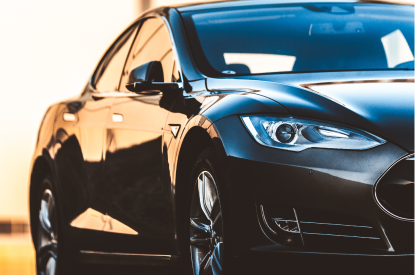Gasoline 92
-
Jet A1
Jet A1
-
D6 Virgin Fuel Oil
D6 Virgin Fuel Oil
-
ULSD EN590
ULSD EN590
-
D2
D2
-
Marine Gas Oil
Marine Gas Oil
-
Crude Oil
Crude Oil
-
Gasoline 87
Gasoline 87
-
Gasoline 89
Gasoline 89
-
Gasoline 91
Gasoline 91
-
Gasoline 92
Gasoline 92
- Gasoline 93
- Gasoline 94
-
IFO 380
IFO 380
-
IFO 180
IFO 180
-
JP 54
JP 54
Our Brochures
Contact Us
Social Media


Gasoline with a 92 octane rating is a type of fuel designed for use in engines with higher compression ratios, which are often found in performance or luxury vehicles. The “92” refers to the fuel’s octane rating, which is a measure of how resistant the fuel is to knocking, pre-ignition, or pinging during combustion.
Gasoline 92 Characteristics
Knock Resistance: Highest among commonly available fuels. Suitable for engines with higher compression ratios or forced induction systems like turbochargers and superchargers.
Price: Most expensive.
Energy Content: Similar to regular and mid-grade gasolines.
Use Case: Required for some high-performance or luxury vehicles. Consult the owner’s manual for recommendations.
Fuel Economy: Generally, no significant benefit in cars that do not require or recommend it.
Additives: May contain more cleaning agents or detergents that could offer benefits in long-term engine maintenance, although the specific additives can vary by brand.
The Ideal Choice
Premium fuels are generally required only for luxury cars or performance vehicles. Check your vehicle’s manual to see if it requires premium fuel.
Points of Interest
- High-Compression Engines
- Fuel Economy
- Additive Package
- Environment
- Availability
- Expensive
- Offers better stability during storage
- Safety
Gasoline 92 Properties
Octane Rating Octane Rating:
- 92, which means it has a high resistance to knocking, suitable for engines designed for high-performance and luxury vehicles.
Chemical Composition
- Hydrocarbons: Like other gasolines, it contains a mixture of hydrocarbons derived from crude oil, including alkanes, cycloalkanes, and aromatics.
- Additives: It often contains additives to reduce engine deposits, enhance combustion, and sometimes increase octane rating. Common additives might include detergents, corrosion inhibitors, and antioxidants.
Combustion Properties
- Knock Resistance: It has a higher knock resistance compared to 87 and 89 octane fuels, making it suitable for engines with higher compression ratios and forced induction systems (turbochargers and superchargers).
- Energy Content: Its energy content is comparable to that of lower octane fuels, meaning it doesn’t necessarily contain more energy per unit of volume.
Physical Properties
- Color and Smell: It generally has the same physical properties as other gasoline types, with a clear to slightly yellow color and a characteristic smell stemming from the additives.
- Volatility: It has a controlled volatility to ensure smooth engine operation across various temperatures and conditions.
Environmental Impact
- Emissions: The combustion of 92-octane fuel, like other gasolines, produces emissions, including CO2. The exact emission profile can vary based on the specific formulations and additives used.
Availability and Price
- Availability: 92-octane gasoline might not be as readily available as 87 or 91-octane fuels, but it can still be found at many gas stations, particularly in regions with higher altitudes.
- Price: It is generally more expensive than lower octane fuels due to the higher cost of production and the inclusion of more additives.
Usage Recommendations
- Vehicle Compatibility: It is recommended for vehicles that specify the use of high-octane fuel in the owner’s manual to prevent knocking and to ensure optimal performance.
- Performance Benefits: In vehicles designed to use high-octane fuels, using 92-octane gasoline can result in better performance and efficiency compared to using lower-octane fuels.
